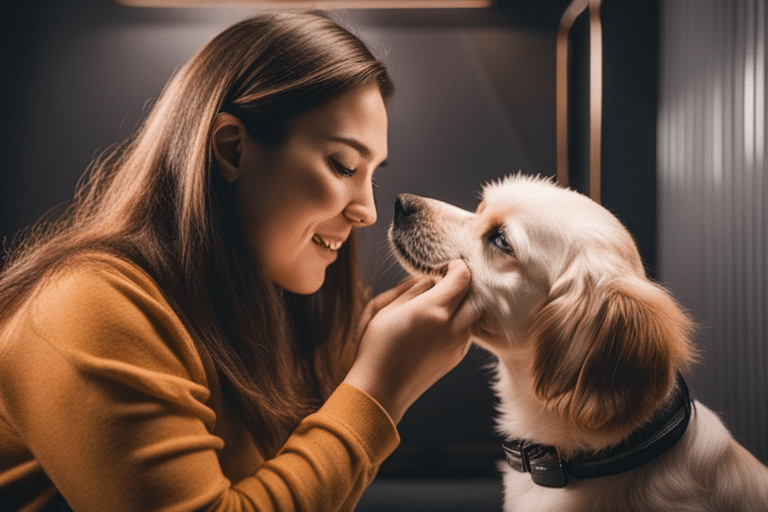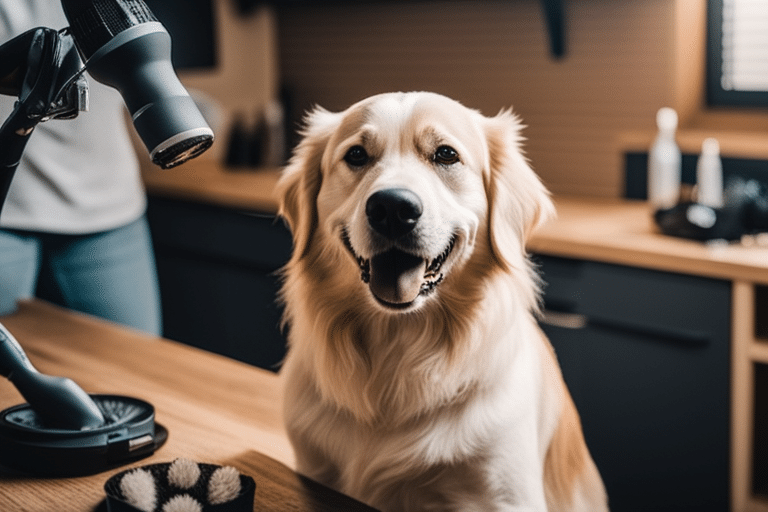
When your beloved dog starts barking at the back door, do you ever wonder what they’re trying to convey? Dogs may not vocalize like humans, but they possess a complex language of their own, consisting of various cues and signals. To establish a profound connection with your canine companion, it’s essential to grasp the intricacies of canine communication fully.
In this comprehensive guide, we will explore the world of canine language, delving into sensory perception, body language, and vocal expressions. By the end of this article, you’ll have the knowledge to decipher your dog’s communication effectively.
The Art of Paying Attention
Understanding your dog begins with the art of paying attention. Often, our busy lives can lead to neglecting the subtle cues our dogs offer. To truly comprehend their language, take the time to interact with your pet and observe their behavior closely. Dogs exhibit unique quirks and habits that can provide valuable insights into their thoughts and emotions.
Thinking Like a Pack: Establishing Dominance
In the canine social structure, dogs operate within a pack, and it’s vital to establish yourself as the dominant member of your dog’s pack. This not only fosters a healthy relationship but can also prevent the need for expensive dog training in the future. Here are some strategies to assert dominance:
1. Lead by Example
- Never move for your dog; instead, encourage your dog to move for you.
- Always walk through doors before your dog to reinforce your role as the pack leader.
2. Mealtime Hierarchy
- Maintain the practice of eating before your dog does to establish your position as the dominant pack member.
3. The Power of Eye Contact
- Consistently maintain eye contact with your dog, as it is a significant aspect of nonverbal communication in the canine world.
By following these guidelines, you can cultivate a respectful and harmonious relationship with your furry companion.

The Significance of Eye Contact
While vocalization plays a role in canine communication, nonverbal cues are equally, if not more, critical. Eye contact is a powerful tool in the canine language, often conveying dominance or submission. A dog that refuses to break eye contact is asserting their dominance within the pack. To maintain your role as the pack leader, ensure you maintain eye contact with your dog until they break it. Additionally, if your dog avoids eye contact when called, it’s indicative that they do not recognize your authority.
Recognizing Your Dog’s Fears
Recognizing fear in your dog is essential for preventing potential issues. Fearful dogs may react aggressively when their fears are not addressed promptly. Here are some telltale signs of fear in dogs to watch out for:
- Ears laid flat or back against the head.
- Head held down.
- Tail tucked between the legs.
- Tense, trembling body.
- Loss of bowel or bladder control.
- Excessive panting, yawning, or drooling.
If you notice your dog exhibiting signs of fear, it’s crucial to remove them from the situation and identify the source of their distress.
Identifying a Happy and Content Dog
As a responsible pet owner, your ultimate goal is to ensure your dog’s happiness and well-being. Recognizing a happy and content dog is a sign that you are meeting their needs effectively. Look for these indicators of a joyful dog:
- Friendliness toward people.
- Ease of handling.
- Willingness to share toys.
- Wagging tail when approached or spoken to.
- Alert ears and eyes.
- Eagerness to play and interact.
By establishing dominance and fulfilling your dog’s needs, you can ensure their happiness and strengthen the bond between you and your canine companion.

Frequently Asked Questions
Q1: Can dogs communicate with each other using visual cues?
Yes, dogs heavily rely on visual communication through body language and eye contact when interacting with other dogs.
Q2: What role does vocalization play in canine communication?
Vocalization, including whines, barks, and growls, is one of the ways dogs communicate with each other and with humans. However, nonverbal cues are equally important.
Q3: How can I establish dominance in my relationship with my dog?
You can establish dominance by following specific guidelines, such as always having your dog move for you, eating before your dog, and maintaining eye contact.
Q4: What should I do if my dog displays signs of fear?
If your dog shows signs of fear, it’s essential to remove them from the triggering situation and assess the cause











